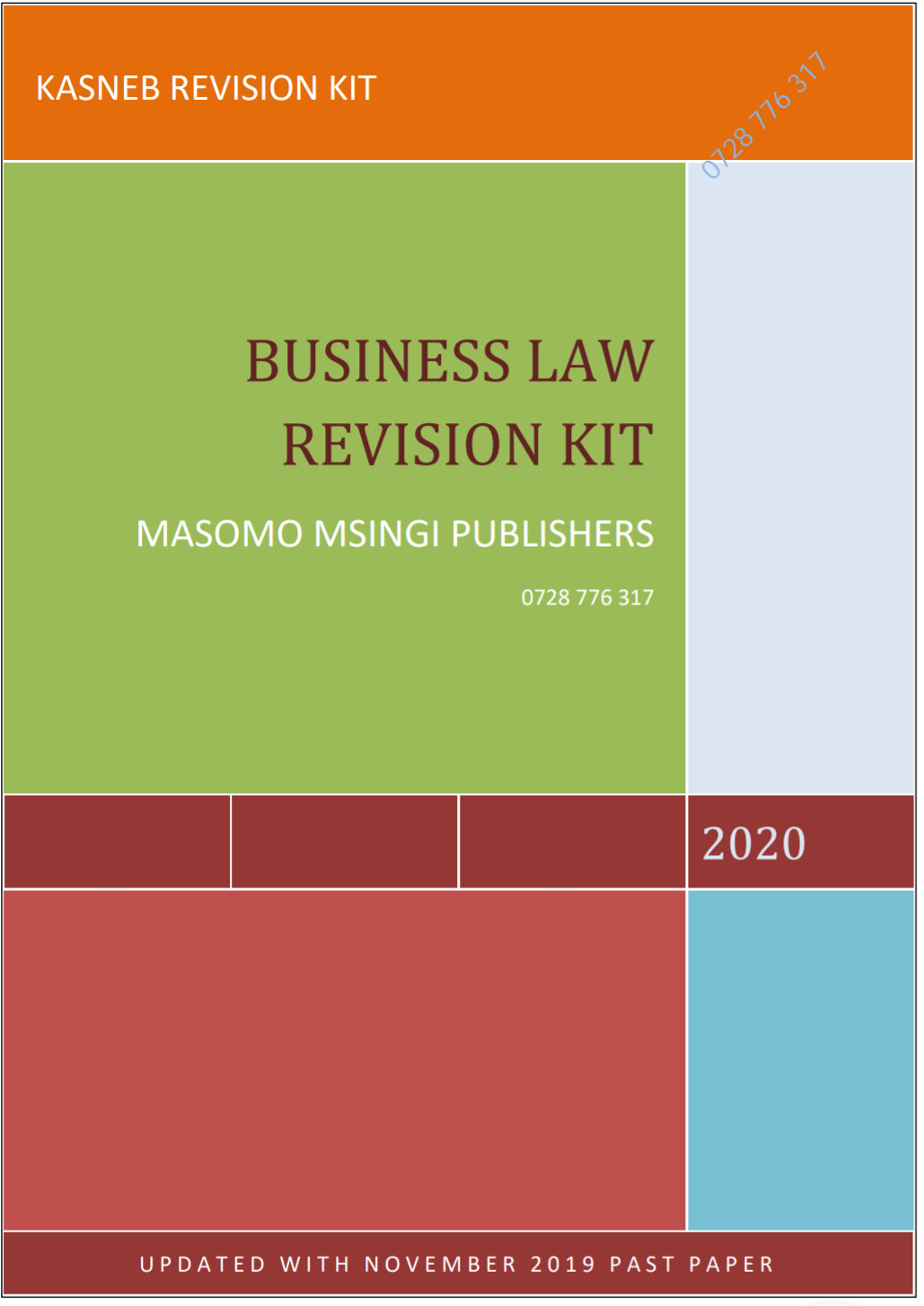Private Nuisance:
This is the unlawful interference of a person’s use of land or right over or in connection with his land. It entails an unreasonable behaviour which interferes with another
persons use of his land. It affects the individual in his capacity as such. The plaintiff must prove an interference with his land or any right connected with it. To some extent, nuisance overlaps with the rule in RylandsV. Fletcher. However, the defendant is not liable, if the plaintiff is over by the standards of reasonable man. However, he cannot escape liability by pleading that the plaintiff came to the source of the nuisance.
Public Nuisance:
Public nuisance is an act which interferes with the enjoyment of a right which all members of the community are entitled to, such as the right to fresh air, and passage. Public nuisance is a crime as well as a tort. The criminal aspect is actionable by the Attorney General via prosecution.
An individual may sustain civil proceedings for public nuisance by establishing that he has suffered particular loss than the community and is entitled to damages or other relief for example where a Local Authority closes a public motor way cutting of the flow of customers to the plaintiffs shop and there no alternative access
Such a person must prove that the damage suffered by him is direct and substantial. In Campbess V. Paddington Council (1911) the defendants erected a stand across a certain highway to enable the members of the council to view the funeral procession of King Edward VII. The erection of the stand obstructed the views from the plaintiffs window. It was held that the plaintiff has suffered some special loss and was entitled to recover damages.
A similar holding was made in Soltan V. De Held (1851).
